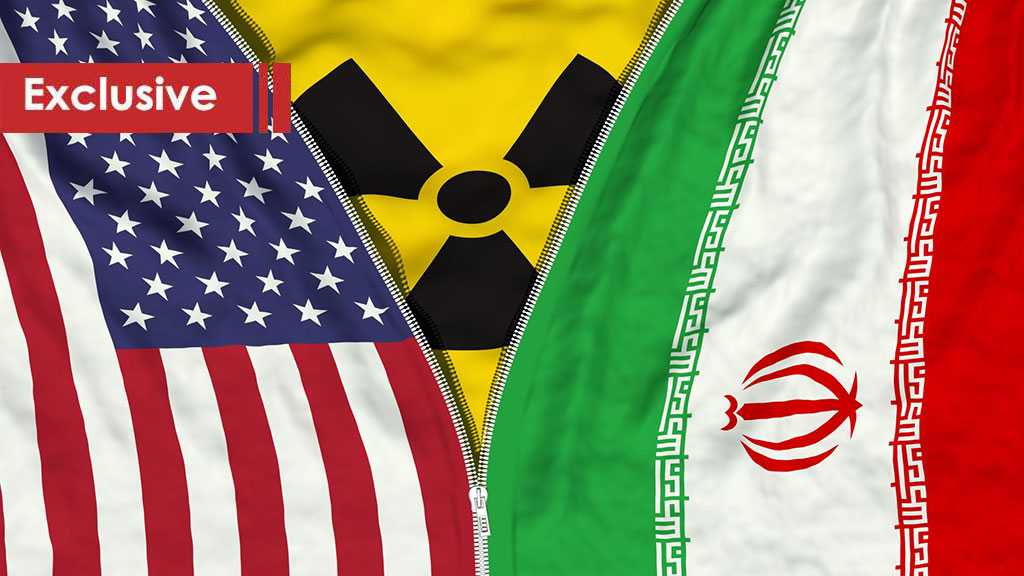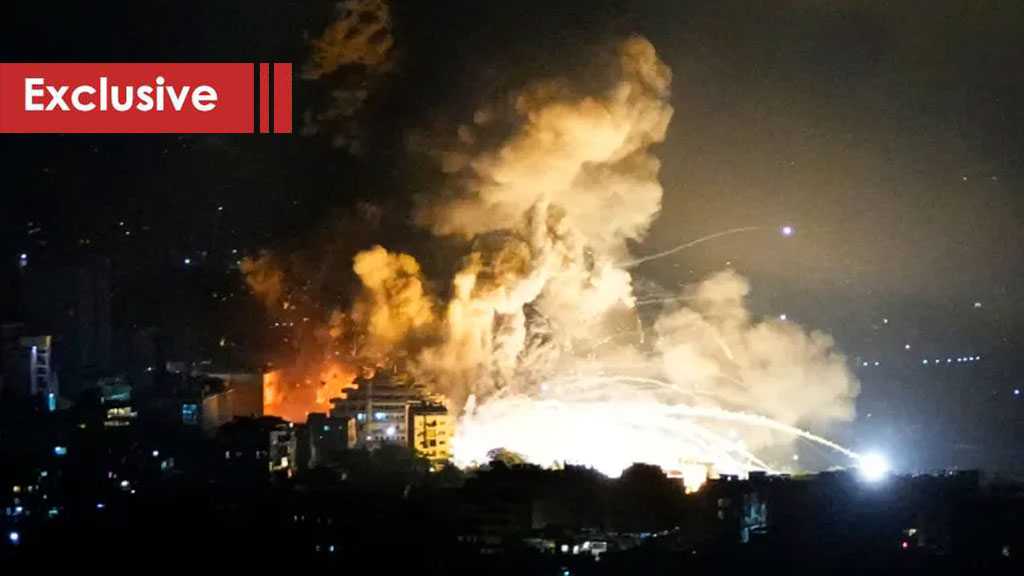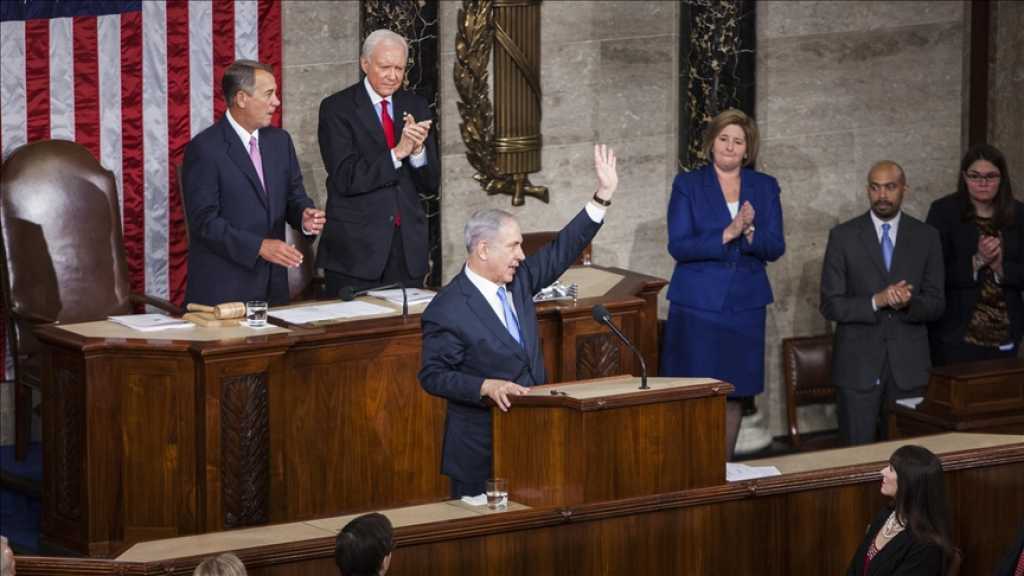The Upcoming US-Iran Nuclear Deal: Who Are the Winners and Who Are the Losers?

By Jamal Wakim
Lebanon – It appears that progress is being made on the US-Iranian negotiations over the Iranian nuclear file, indicating that a deal between the two countries may be imminent. In the latest development related to this issue, Ali Shamkhani, the advisor to the Supreme Leader of the Islamic Revolution for political affairs, declared: “The United States of America has finally accepted the reports of the International Atomic Energy Agency and the US intelligence community concerning Iran’s non-possession of nuclear weapons.”
In a statement published on Shamkhani’s X platform account, he affirmed that the United States is close to recognizing Tehran’s right to enrich uranium and to lifting sanctions that have been in place for nearly five decades. He also emphasized the willingness of both parties to continue on the right path of negotiations.
Shamkhani’s announcement came as the world awaits the decision of US President Donald Trump regarding Iran’s civil nuclear program. Trump had previously told the American network NBC that he was open to the idea of Iran having a peaceful nuclear energy program — a position that Tehran has repeatedly reaffirmed, emphasizing the peaceful nature of its nuclear ambitions.
Adding to the overall optimism is a statement by US Vice President J.D. Vance, who said that negotiations with Iran are progressing well and expressed his intention to reintegrate the Islamic Republic into the global economic system.
This optimism coincides with a visit by Iranian Foreign Minister Abbas Araghchi to Saudi Arabia, part of ongoing efforts to improve relations between Tehran and Riyadh. The visit comes as Saudi Arabia prepares to welcome US President Donald Trump as part of his Middle East tour, which includes stops in several Arab countries.
If such an agreement is reached, Arab countries could benefit from this resolution — especially since the region has long served as the main geopolitical battleground between the United States and its allies on one side, and the Eurasian powers on the other.
Saudi Arabia may be among the primary beneficiaries of this development. The kingdom has suffered from the instability in the Arab region over the past quarter-century, particularly along its southern border with Yemen. As it works to restructure its economy in line with Vision 2030, Saudi Arabia needs regional calm to stay on course.
Similarly, Egypt could benefit from a de-escalation in regional conflicts, which have negatively affected its national security. The country finds itself surrounded by a “belt of fire” — from Libya in the west, to Sudan and the Horn of Africa in the south, to Yemen at the Red Sea gateway and ending with Gaza and Syria, where conflicts still rage.
Lebanon may also see relief from a breakthrough in US-Iranian relations, especially in easing the pressure Washington exerts on Lebanon — such as blocking reconstruction efforts and conditioning financial aid on political concessions.
As for “Israel,” it appears to be the biggest loser, as improved US-Iran ties could weaken Tel Aviv’s efforts to advance its vision of redrawing the political map of the Levant, particularly in Lebanon, Syria and Iraq.
Turkey, led by Recep Tayyip Erdogan for the past 25 years, may also lose out. Ankara had wagered on playing a dominant role in the Arab world under the banner of “New Ottomanism.” However, it now finds itself entangled in Syria’s crisis, facing Kurdish separatist threats, and grappling with the spillover of sectarian tensions into Turkish territory.




